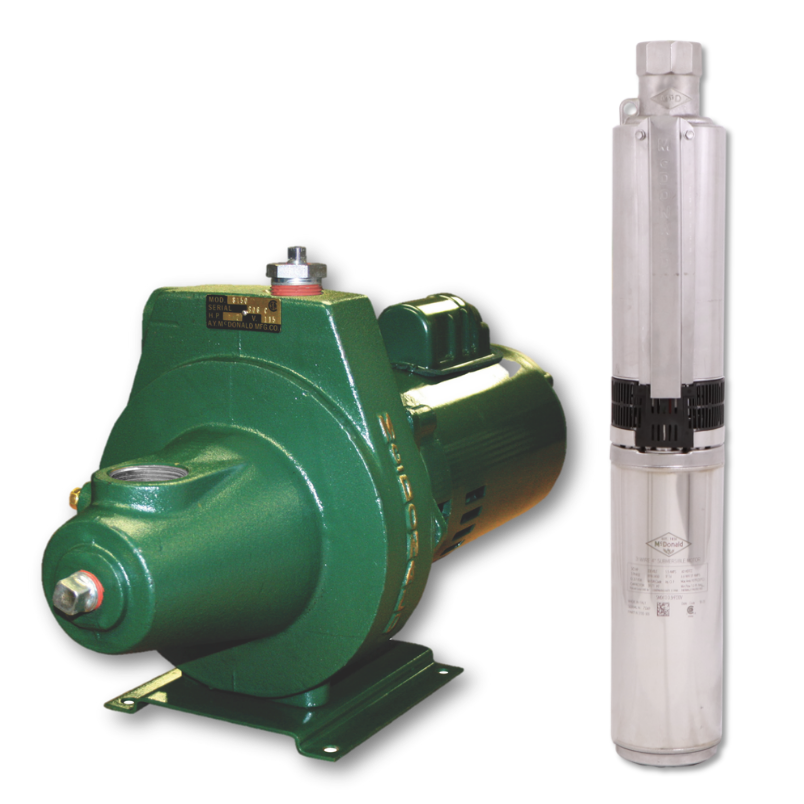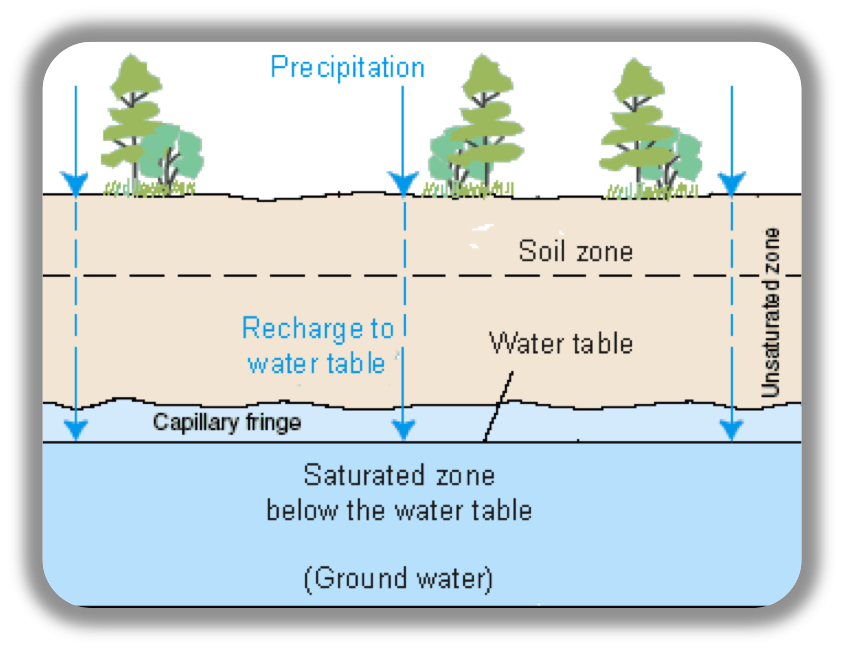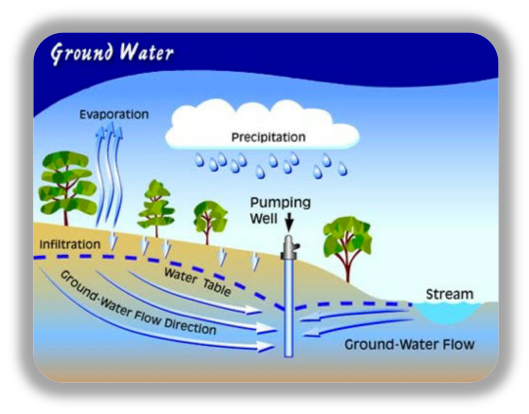How We Move Water

How We Move Water
The water cycle describes the continuous movement of water above, on, and through the surface of the Earth with the help of many different processes (precipitation, evaporation, condensation, etc.). However, only a very small portion of this water is actually considered potable or drinkable. Groundwater, in particular, plays a large role in the water cycle as this source stores a large portion of the planet’s potable freshwater – but it takes the help of a water well and pump to retrieve this resource.

But how does water actually become groundwater? Water from precipitation can take one of two common paths. It will either evaporate from the earth’s surface from roots through plant leaves or from streams, lakes, or oceans. Alternatively, precipitation can infiltrate into the ground by moving along flow paths until it reaches the surface as springs or makes its way to the water table into large underground natural storage areas such as aquifers or artesian wells. Groundwater can be accessed through shallow or deep wells, which can be drilled, driven, or dug. By reaching underneath the water table, therefore tapping into the aquifer, the well is able to retrieve the groundwater located in the saturated zone.
Once a water well is created, a mechanical device called a pump is installed in order to remove and/or transfer the resource from the water well. Centrifugal pumps are one of the simplest types of pumps used for pumping water of shallow depths of up to 25 feet and can be used in large-diameter wells greater than 1 ¼ inches. Centrifugal pumps operate using a suction principle, much like sucking on a straw.

Another popular type of centrifugal pump used for private well systems or low flow irrigation applications is the submersible pump. They are located in the well and are most commonly used in drilled wells. While designed to operate totally submersed in the water which is being pumped, submersible pumps are installed without the worry of freezing.
Since 1856, A.Y. McDonald has been a proud provider of water well pumping solutions, such as jet and submersible pumps. The next time you fill a glass of water from the faucet, take a moment to recognize the fact that gaining access to groundwater is now more attainable than ever!
To learn more about how the water cycle, groundwater, wells, and pumps all correlate, take our ‘How We Move Water’ AYU course.
